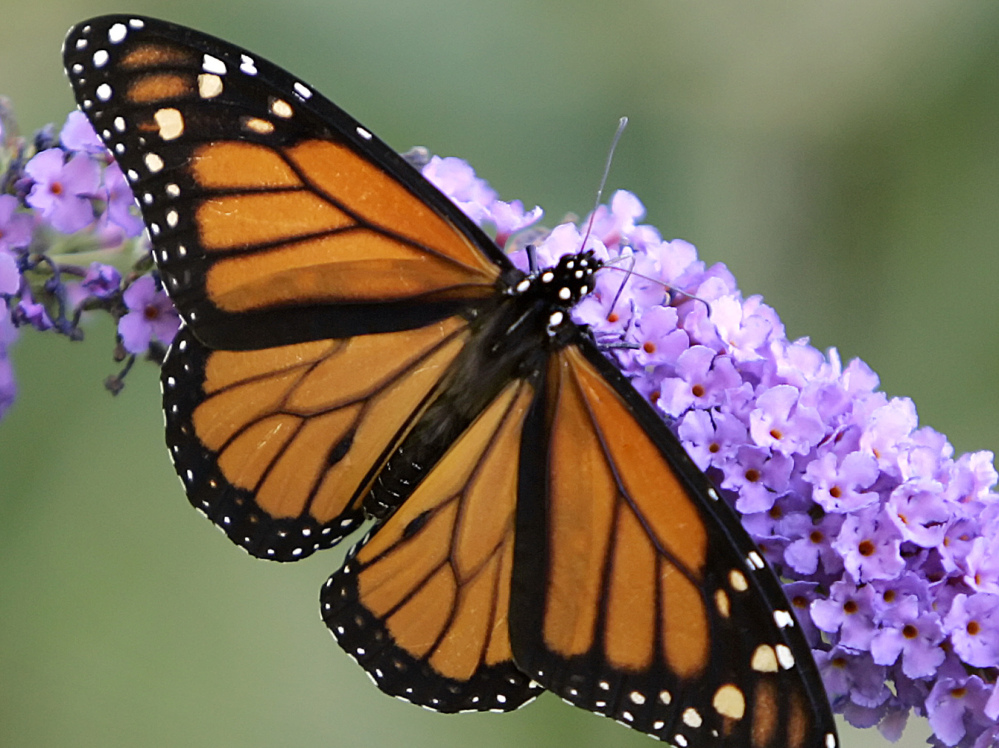For monarch butterflies, the ability to migrate may rely on a single vital gene. Every year, millions of North American monarchs make a single round-trip migration to Mexico for winter – a seemingly grueling trip for the delicate-looking insects.
According to a study published Wednesday in Nature, one gene may be central to their long-distance flying abilities.
By comparing the genetic information of North American monarchs with non-migratory monarchs from other regions (as well as some other closely related butterfly species), the researchers identified more than 500 genes that had some sway in the insects’ ability to migrate. But one gene – one that makes monarchs into long-distance fliers instead of sprinters – seemed to show the sharpest difference between butterflies that migrated and those that stayed put.
Monarch migration is on the decline, with only 35 million travelers estimated last year compared with about 1 billion in 1996. While the butterflies, who’ve lost a lot of their primary habitat (milkweed) to herbicide use, aren’t in danger of extinction, it’s troubling to see just how fragile their migratory habits might be. Some researchers fear the butterflies eventually may no longer migrate.
Send questions/comments to the editors.



Success. Please wait for the page to reload. If the page does not reload within 5 seconds, please refresh the page.
Enter your email and password to access comments.
Hi, to comment on stories you must . This profile is in addition to your subscription and website login.
Already have a commenting profile? .
Invalid username/password.
Please check your email to confirm and complete your registration.
Only subscribers are eligible to post comments. Please subscribe or login first for digital access. Here’s why.
Use the form below to reset your password. When you've submitted your account email, we will send an email with a reset code.